Jogeummaru (조금마루)
15.4Km 12 2024-02-20
9 Seosangpyeonggangbyeon-gil, Samnam-eup, Ulju-gun, Ulsan
Jogeummaru is a duck specialty restaurant that exclusively utilizes domestically-raised ducks in its culinary creations. The ducks are raised with sulfur, contributing to a clean and rich flavor profile, free from undesirable odors. The signature menu features ori yangnyeom bulgogi (duck bulgogi), ori tang (duck soup), and ori sutbul gui (charcoal-grilled duck). Ori yangnyeom bulgogi entails duck marinated in a spicy seasoning, grilled on a pan with added chives. Ori tang is a meticulously prepared broth cooked for 12 hours, incorporating various vegetables. Additionally, eomnamu ori baeksuk (whole duck soup with castor aralia) offers a unique dish where duck is boiled with medicinal herbs.
Gang-dong Sea Water Spa (강동해수온천)
16.2Km 24835 2024-02-20
1418 Donghaean-ro, Buk-gu, Ulsan
Gang-dong Sea Water Spa is a hotspring that utilizes seawater from the sea in front of Jeongja, boiling it at temperatures exceeding 100°C, resulting in high salinity and excellent sterilizing effects. The facility offers a range of baths, including Iodine Bath, Cold Seawater Bath, Hot Seawater Bath, and Trench Hot Bath. Renowned for the exceptional quality of its seawater, the hotspring attracts numerous visitors seeking its therapeutic benefits. The breathtaking view of the sea from the baths adds to the overall experience.
Badabaragi (바다바라기)
16.3Km 4536 2019-05-24
111, Jeongja 1-gil, Buk-gu, Ulsan
+82-52-282-8866
Badabaragi is a restaurant with an ocean view in the Buk-gu district of Ulsan, specializing in snow crabs and fresh raw fish. Featuring elegant exterior and interior designs, the restaurant also offers some light meal options in addition to sliced raw fish and snow crab dishes. Only the freshest fish caught and delivered each day are served. The restaurant also operates a snow crab market, thereby offers snow crab dishes at affordable prices. A variety of side dishes made with fresh seafood accompany the main dishes. Abalone or conch porridge is available for young children who cannot eat raw fish or snow crab. A popular menu item is jjambbong mulhoe (mixed sliced raw fish with water and spicy sauce).
Gangdong Pebble Beach (강동몽돌해변)
16.4Km 10474 2021-07-14
1650, Donghaean-ro, Buk-gu, Ulsan
+82-52-241-7751
For those hoping for a view of the winter sea, or those longing for the engulfing embrace of the clear dark-blue waves crashing into huge rocks, Gangdong Pebble Beach is the place to be. The coastal road, with its beautiful scenery of the sea and mountains, is a popular driving route. With diverse attractions nearby, many vacationers are attracted to this beach in winter.
Jusangjeolli Cliff of Gangdong Hwaam Village (강동 화암 주상절리)
16.7Km 15182 2020-04-23
Hwaam-gil, Buk-gu, Ulsan
+82-52-229-6350
Jusangjeolli are columnar rock formations with cross sections in hexagonal or triangular shapes. The jusangjeolli at the shore of Hwaam Maeul Village were created by basalt lava that erupted in the Tertiary period of the Cenozoic Era about 20 million years ago. The columnar basalt formations were created as the lava cooled and shrank into cracks. The rocks look like wood stacked horizontally or vertically en masse. The length of the columns average around 20 meters and diagonally are about 50 centimeters at the longest cross-section. Of the columnar lava formations on the East Coast, the Jusangjeolli in Hwaam are the oldest, so it is academically invaluable. Shaped in various angles, the rocks also offer a great landscape for sightseeing.
Amethyst Cavern Park (자수정동굴나라)
17.3Km 105568 2022-09-06
212, Jasujeong-ro, Ulju-gun, Ulsan
+82-52-254-1515
Amethyst Cavern Park is the largest man-made cave tourist attraction in Korea, where one of the five jewels of the World, amethyst, was mined. Connected like a labyrinth, the cave is 2.5 kilometers long and fills an area of approximately 15,000 square meters. The average temperature is between 12 and 16 degrees Celsius year round. Visitors can take either the walking tour that goes through a different themed halls or take a boat ride through the cave river. On the second floor of the cave, visitors can see Jurassic World filled with different dinosaurs and character lamps.
Boksoondoga (복순도가)
17.4Km 0 2024-07-18
48 Hyangsandong-gil, Sangbuk-myeon, Ulju-gun, Ulsan
Boksoondoga is a traditional brewery located in Uljun-gun, Ulsan. The brewery produces makgeolli, an unrefined rice wine with a pure taste. Boksoondoga uses only the finest domestic rice and traditional pottery in the fermenting process for a truely Korean liquour.
Dodong Sanbang (도동산방)
18.0Km 8210 2019-02-12
133, Songnakgol-gil, Ulju-gun, Ulsan
82-52-254-7076
Dodong Sanbang is a restaurant with five separate traditional Korean buildings situated on a large plot of land. It serves great traditional Korean set meals, and has a separate tea room where customers can enjoy a cup of tea after dining. Excluding winter, the restaurant offers a special program called “tteok mechigi” (rice cake pounding) where customers are invited to pound (or make) a rice cake with a mallet and eat it. The restaurant also includes a traditional souvenir shop and rice cake shop, and offers cultural programs.
Lotte Mart [Tax Refund Shop] (롯데마트)
18.5Km 0 2024-04-23
34, Samho 1-gil, Yangsan-si, Gyeongsangnam-do
-
Seosaengpo Waeseong Fortress (서생포왜성)
18.8Km 18833 2020-02-05
Seosaeng-ri, Seosaeng-myeon, Ulju-gun, Ulsan-si
+82-52-204-0324
Seosaengpo Waeseong Fortress
(Seosaengpo Japanese Fortress) is a stone fortress typical
of the Japanese style popular in the later part of the 16th century. It was built under the leadership of Japanese General Kato Kiyomasa in
1592-1593 at the beginning of the Imjinwaeran War (Japanese invasion, 1592-1598). The main fortress is located on a mountaintop 200 meters above
sea level, a second fortress is halfway down the mountain, and a third fortress is
located at the bottom of the mountain. The whole fortress is rectangular shaped. The fortress wall is 6 meters high and slants at an angle of 15 degrees.
In 1594, a Buddhist monk named Samyeong-daesa came to Seosaengpo Waeseong Fortress four times to negotiate for peace, but he failed each time. In 1598, the fortress was taken over
by Korea with the assistance of General Magwi of the Ming dynasty. A year later, Changpyodang Shrine was built in honor of 53 Koreans
who died during battles against the Japanese invading forces. However, the shrine was destroyed during the Japanese imperialism period and no
trace of it remains. It is possible to tell from Seosaengpo Jinseongdo (a map drawn up in 1872) that the fortress was also partially used by Korean forces.

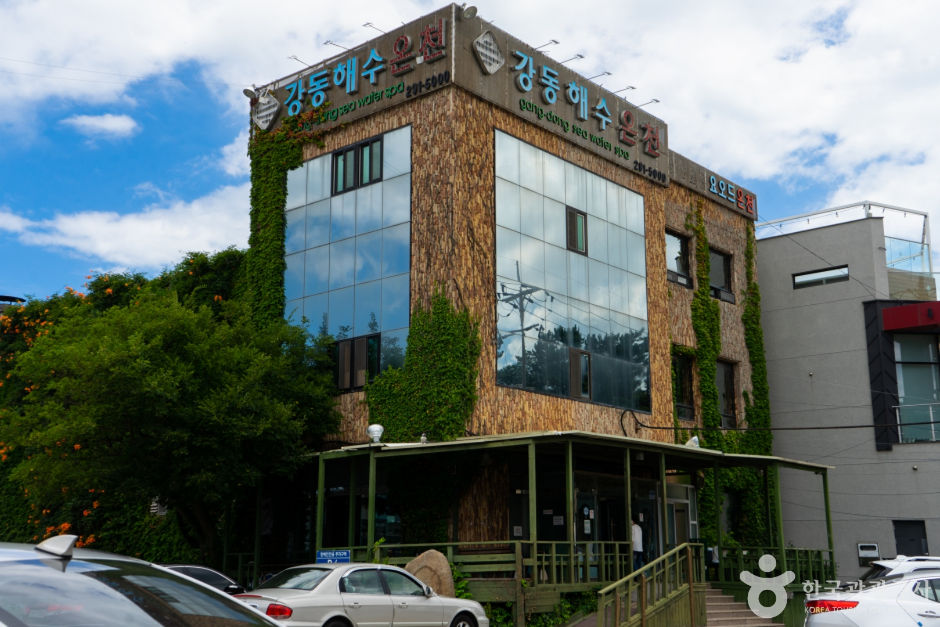
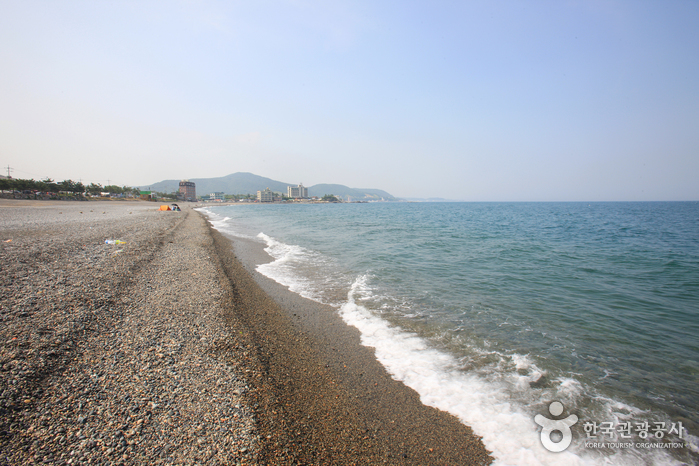
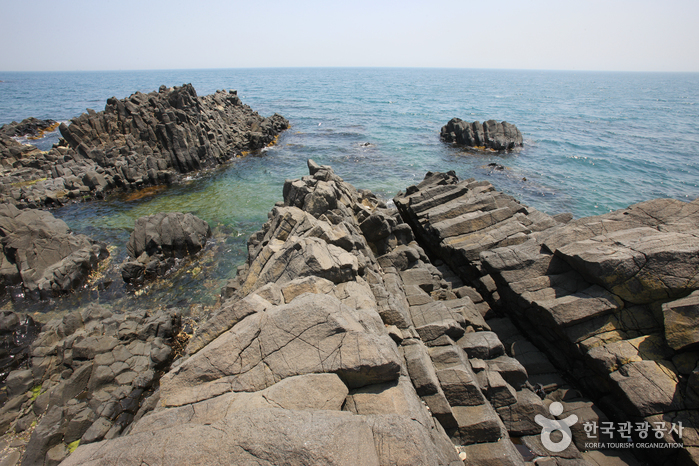
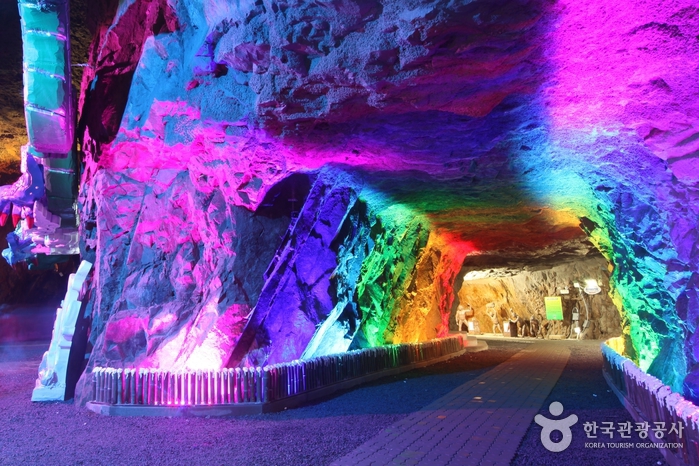
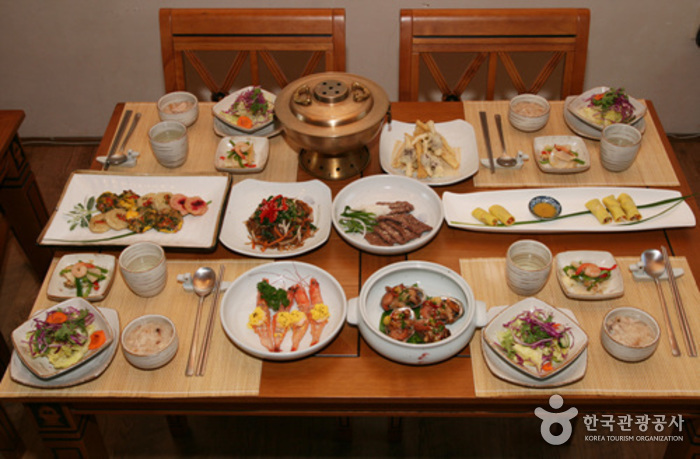
![Lotte Mart [Tax Refund Shop] (롯데마트)](http://tong.visitkorea.or.kr/cms/resource/29/2891029_image2_1.jpg)
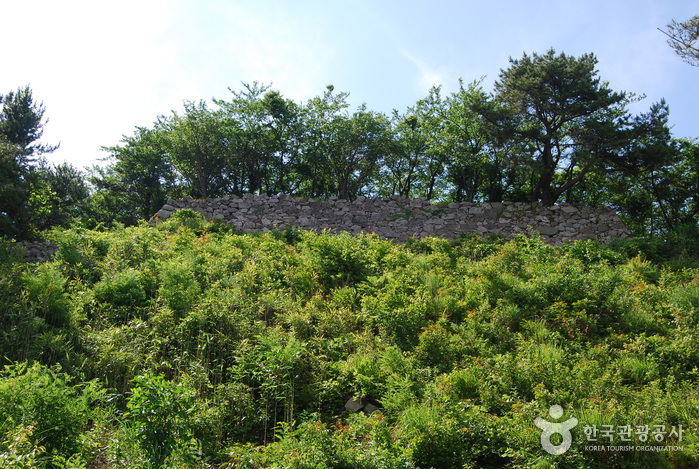
 English
English
 한국어
한국어 日本語
日本語 中文(简体)
中文(简体) Deutsch
Deutsch Français
Français Español
Español Русский
Русский